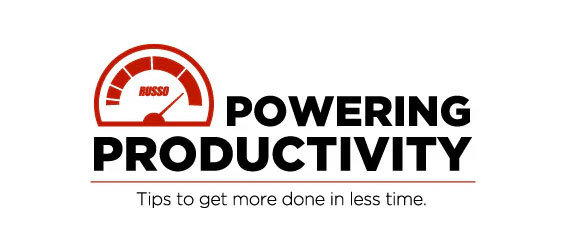What and How to Charge for Plowing
How much should I charge customers for plowing?
When it comes to snow removal, pushing snow isn't always the hardest part of the job. What do you charge for a double care wide driveway? How do you charge for places like apartment complexes? Should I charge by the hour, by each time I plow, or by inches? These types of questions come up in conversations about snow removal all the time. If you have been asking yourself similar questions lately, we have gathered some advice to help you feel a little bit more confident about your snow removal business.
What or how should you charge your customers?
While most methods do use an hourly rate as a baseline, you are not likely to find many contractors who charge by the hour. It might be a little confusing to understand why they wouldn't since it is a straight forward approach and you get paid for the time you put in, but there are two main reasons why this isn't always the best idea. The first thing to think about is how this would inevitably limit how much money you can make on any given job. Then you have to consider the customer's perception of value.
The better you get, the less you will make.
That doesn't sound fair, but if you charge an hourly rate, it stands to reason that the more efficient you become, the less money you would make. Here is an example: If you charge $30 for an area that would take you 15 minutes to plow, the customer will probably feel like that is a fair price for your services. Now, if instead of the flat rate, you charged that same customer $120/hour for the exact same job, their perception of value would be different. They will feel like they’re being overcharged even though both methods end up making you the same $30.
Here is another example: Let’s say you charge $120/hour (and the customer agrees), you might plow their driveway in 30 minutes and get $60. Sounds good at first, but as you get more experience with either your equipment or their property; you might end up cutting that plow time down to 20 minutes the next time. So, do you then charge $40 for the same area that you first charged $60?
Learn by trial and error.
The most popular advice is to set a price for any given job, especially if you are fairly new to plowing. Don't worry about being too high or too low. If you quote too high, the worst that can happen is you don’t get the job, and if you do, good for you! If you quote too low, at least you’re getting some work. You will just have to figure it out as you go and make adjustments for next winter. It is all part of the learning process.
Adding the trigger factor.
Once you are comfortable with setting a price for a job, you will want to factor in accumulation increments. First, decide what you will have for a "trigger" or how much snow accumulation there needs to be for you to plow. Don't let customers talk you into a higher trigger "just for them". You could end up damaging your equipment or relationships with other customers. Triggers can vary depending on your region. Around Chicagoland, 2" seems to be a common trigger. With that set, now you can base your increments on spans that work best for you. Here’s an example:
- 2” to 6” = Your Base Price
- 6.1” to 9” = Base Price x 1.5
- 9.1” to 12” = Base Price x 2
- Over 12” = Base Price x 2 + X per inch over 12”
Snow removal can be a great business to get into when you have the knowledge and equipment needed to succeed. If you have any other questions about snow removal, equipment, or ice melt, stop by any one of our 5 Chicagoland Russo locations and speak with a snow pro today.

Powering Productivity
Our blog powers your productivity through new product reviews, industry news, tips & tricks, business advice, and more!

Russo News
Stay up-to-date on the latest company news and learn more about our history.

Leave a comment